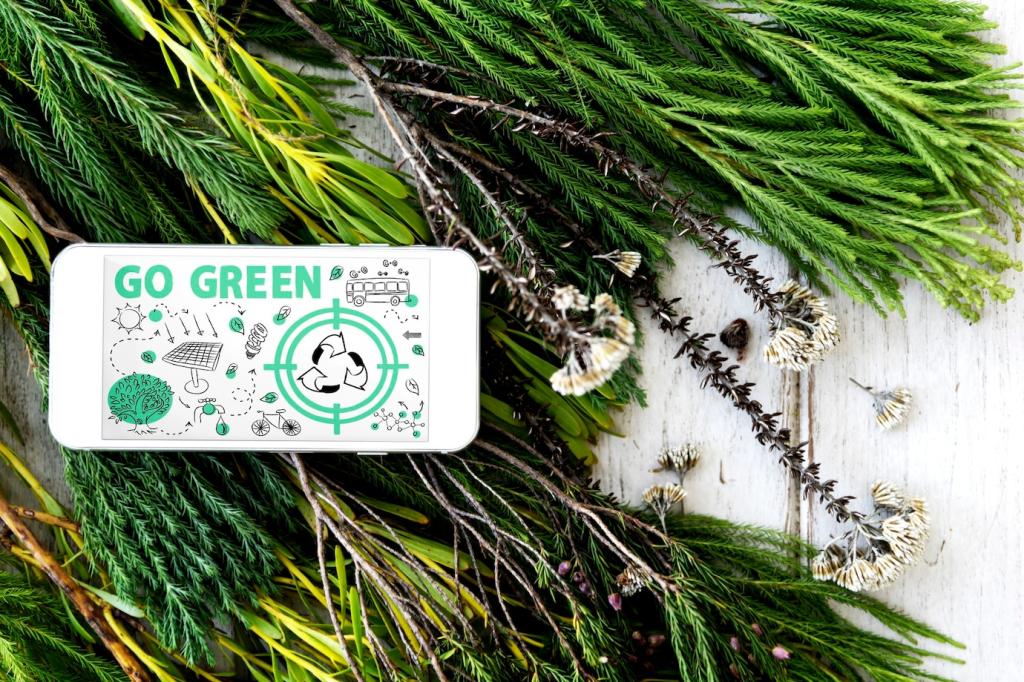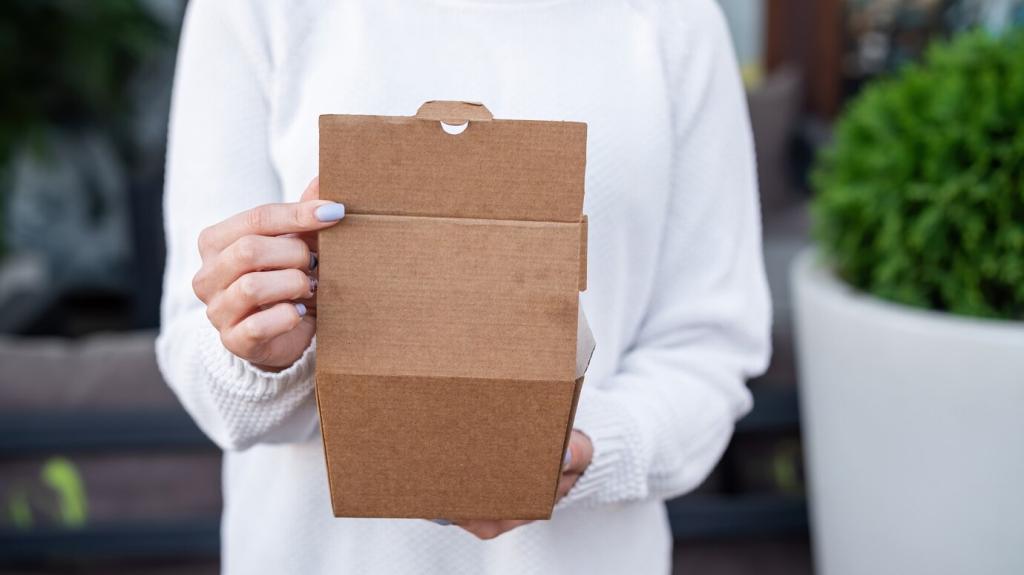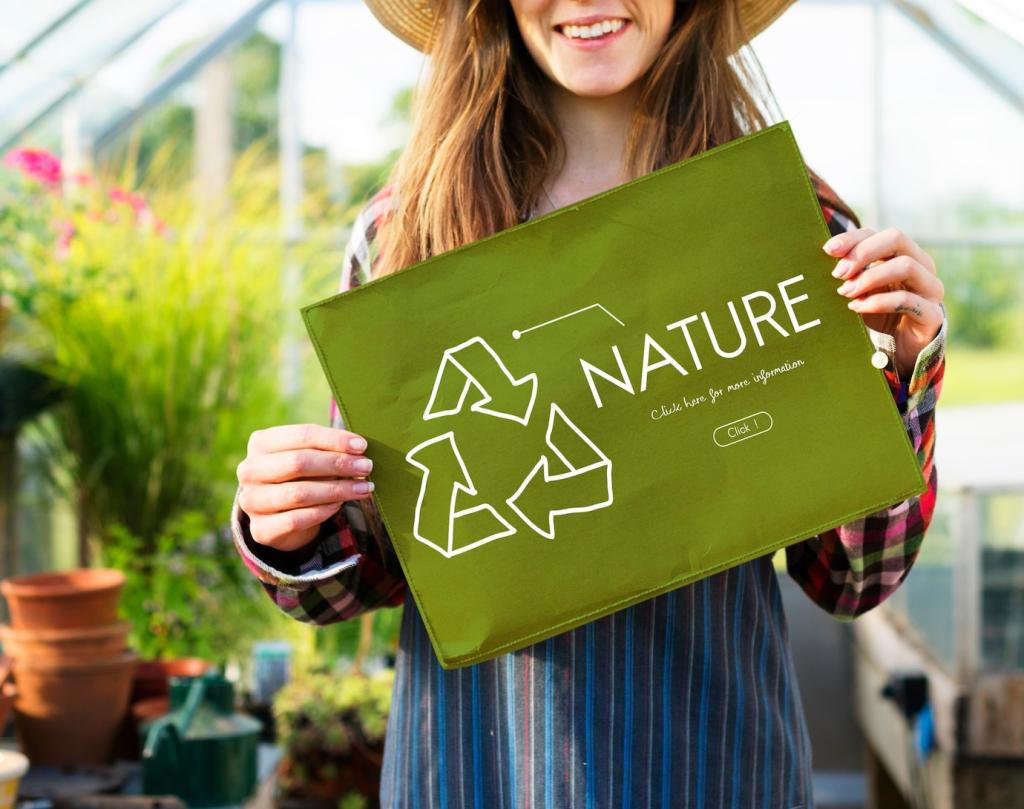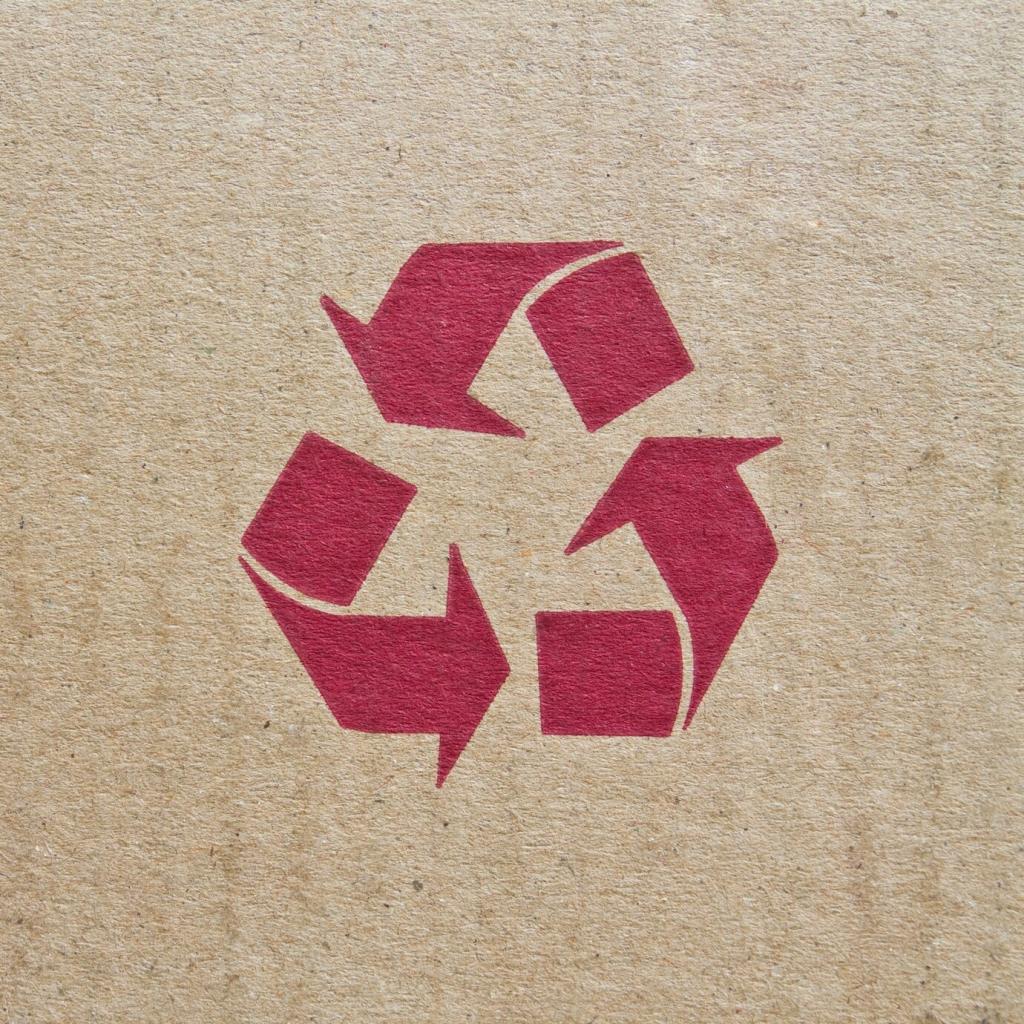This website uses cookies so that we can provide you with the best user experience possible. Cookie information is stored in your browser and performs functions such as recognising you when you return to our website and helping our team to understand which sections of the website you find most interesting and useful.
Advancements in Biodegradable Packaging Materials
The past decade has witnessed a remarkable transformation in the field of biodegradable packaging materials, driven by an escalating global demand for environmentally responsible solutions. As awareness of plastic pollution and its dire consequences grows, researchers and manufacturers have innovated rapidly, creating sustainable alternatives that do not compromise on quality or performance. These advancements represent a blend of scientific ingenuity and environmental stewardship, aiming to minimize the ecological footprint of modern packaging. Through cutting-edge materials, novel production techniques, and new applications, biodegradable packaging is reshaping industries and fostering a future where single-use products do not leave a permanent mark on our planet.

Innovations in Biopolymer Technology

Smart Design in Eco-Friendly Packaging


Reducing Carbon Footprint

Managing End-of-Life Scenarios


